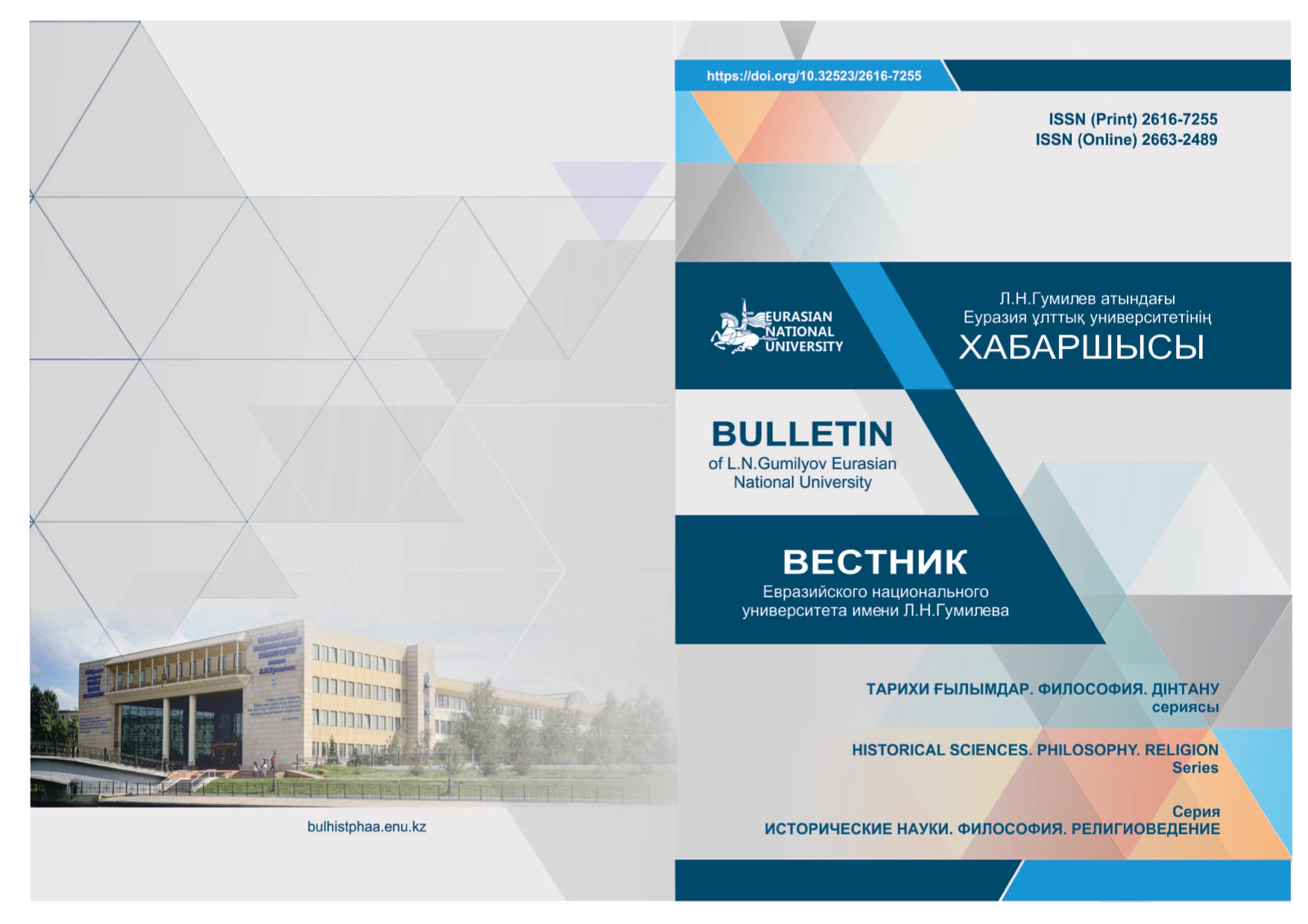Historical and cultural aspects of the study of the sacred places of the Irtysh region and the problem of hagiotomension
Views: 303 / PDF downloads: 744
DOI:
https://doi.org/10.32523/2616-7255-2022-141-4-84-101Keywords:
Irtysh; sacred; holy places; hagiotonym; historical memory; national identity; spiritual values.Abstract
The article is devoted to the problem of hagiotic understanding of the sacred places of the Irtysh region. On the territory of Kazakhstan, stretching from the Altai in the east to the Caspian Sea in the west, there are many toponyms named after saints. In particular, there are many toponyms associated with the names of saints in the Irtysh region. In this regard, it should be noted that the Irtysh region is one of the sacred places of the Kazakh people with a thousand-year history. Only by studying the sacred sites stretching for one hundred to one hundred and twenty kilograms on both banks along the entire length of the Irtysh, we can preserve the traditional religion. The basis for the formation of hagiotonymic names were sacred characters, saints, their ways, which formed the basis of legends. In the popular worldview, the places where the foot of the saints set foot were considered sacred, and places of worship built for sacred characters became important objects of worship.
Downloads

Downloads
Published
How to Cite
Issue
Section
License
Copyright (c) 2022 M.I. Rakhimov, К.К. Battalov, А.Т. Dukombaiev, K.S. Saparova

This work is licensed under a Creative Commons Attribution-NonCommercial 4.0 International License.







